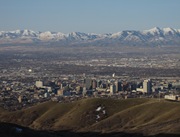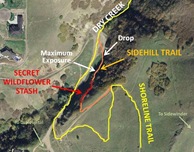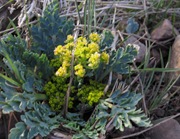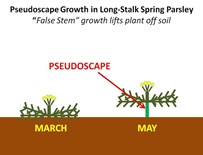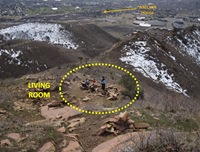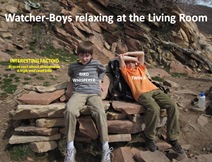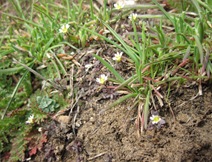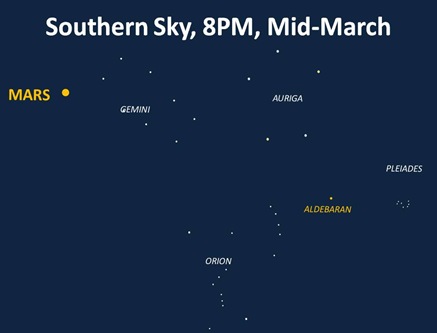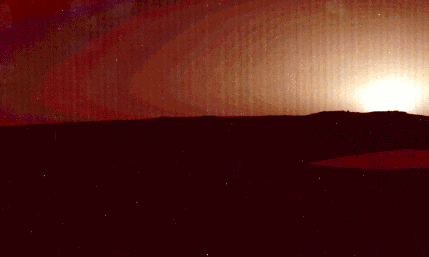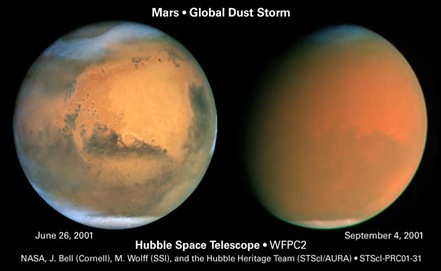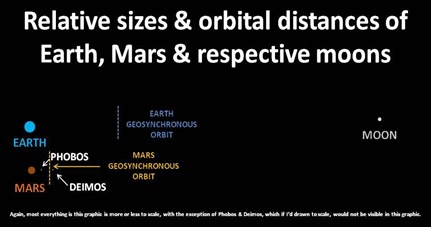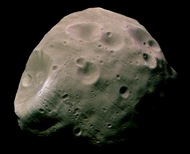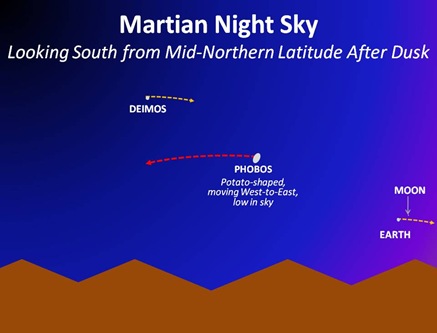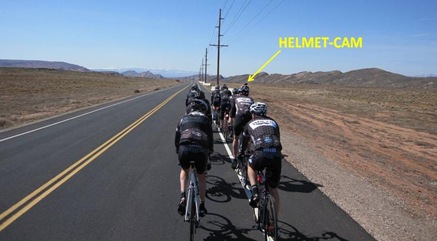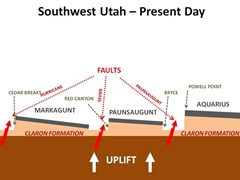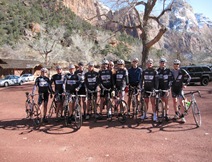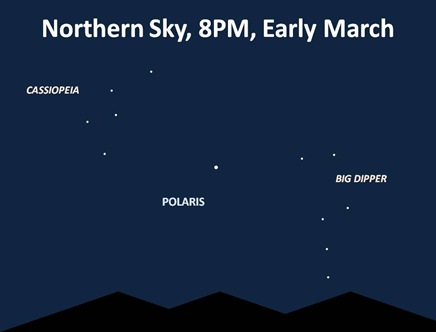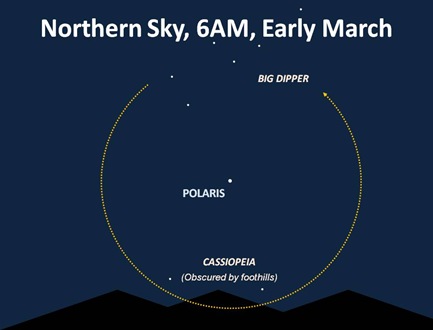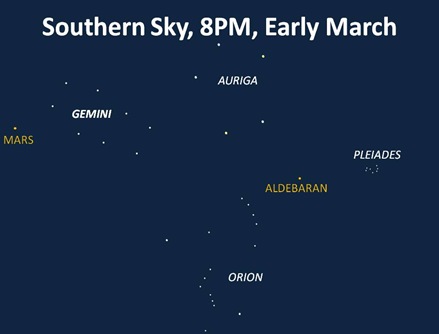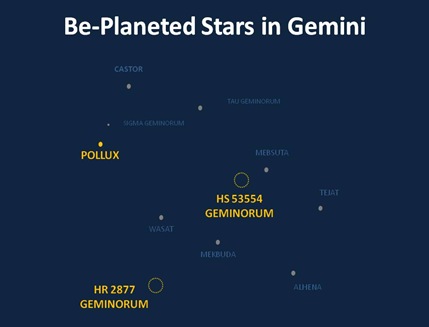I’m going to mix up the order a bit this week. I meant to blog about Sunday out in the Cedar Mountains first, but I’ll probably get to that tomorrow or Thursday. Instead today will be a quicker post on what I saw yesterday morning.
But first, Guest Week (next week) is lining up nicely: Phil O., Kevin V., and SkiBikeJunkie are all on board (man, talk about an awesome line-up!), and if the stars align, we may even have one more. Should be a great week, so make sure to tune in.
I had time just for a short pre-work spin Monday, so I rolled up the ½ mile from my house to the zoo, crossed the street, and started working my way up the Shoreline. About ~150 yards up the trail, a bobcat crossed the trail about 30 feet in front of me.
 Had the helmet-cam been switched on*, I would’ve caught it crossing the trail. Fortunately it stopped about 50 feet off-trail, and I was able to snap these (admittedly crappy) photos.
Had the helmet-cam been switched on*, I would’ve caught it crossing the trail. Fortunately it stopped about 50 feet off-trail, and I was able to snap these (admittedly crappy) photos.
*KB had recommended rolling with it always filming, for just this eventuality (unexpected wildlife sighting). I unfortunately had it off because a) climbing footage is boring and b) the light was still really dim. Usually I film on the return home, when it’s lightened up enough to ride without lights, and when I’m descending.
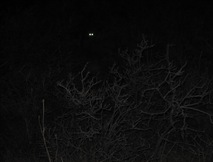 I blogged about bobcats last summer down on the Paunsaugunt with Bird Whisperer, so if you’re curious about them or their evolution, go check out that post. But there are two things I wanted to highlight with this sighting.
I blogged about bobcats last summer down on the Paunsaugunt with Bird Whisperer, so if you’re curious about them or their evolution, go check out that post. But there are two things I wanted to highlight with this sighting.
First- holy cow is this close to home. This was only my 2nd clear bobcat sighting, and the first I’ve spotted in Northern Utah, and it was just ½ a mile from my house. Wow. These animals have a reputation for stealth and shyness, but this guy hung out 50 feet away from me while I snapped multiple photos, 3 of them with full flash.
Of course, like Mountain Lions, I’m sure they see me all the time. Check out this helmet-cam video of the cat finally walking away. You can’t see him at all till he moves. (Watch closely; you may have to run through it a couple of times till you see him*.)
*No, I have no idea what its gender is; I’m just defaulting to “him”. Hell, I could barely even see him. It.
Side Note: Speaking of Mountain Lions, there’s been an (apparently credible) email going around that there are 3 adolescent mountain lions living in the hills up behind Red butte. Oh man. As probably the most regular pre-dawn mtn biker up around Red Butte and Dry Creek, that’s all I need…
But the other thing I want to highlight is why my pictures suck so badly. The flash-less photo is blurry because there’s not enough light- that’s obvious.
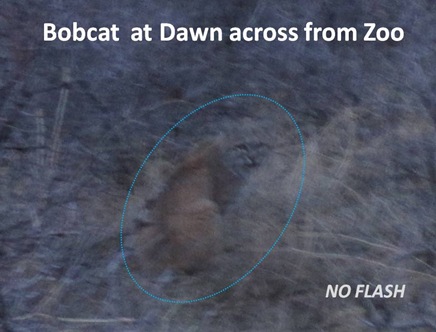 But the photos with flash were a disaster for the opposite reason- I couldn’t manipulate the contrast enough to compensate for the phenomenally bright reflection back from the bobcat’s eyes. Now if that had been a person standing there staring back at me instead, I probably would’ve caught some red-eye in the flash, but the eyes wouldn’t have been those blinding, ghost-like orbs. What is the deal with cats’ eyes?
But the photos with flash were a disaster for the opposite reason- I couldn’t manipulate the contrast enough to compensate for the phenomenally bright reflection back from the bobcat’s eyes. Now if that had been a person standing there staring back at me instead, I probably would’ve caught some red-eye in the flash, but the eyes wouldn’t have been those blinding, ghost-like orbs. What is the deal with cats’ eyes?
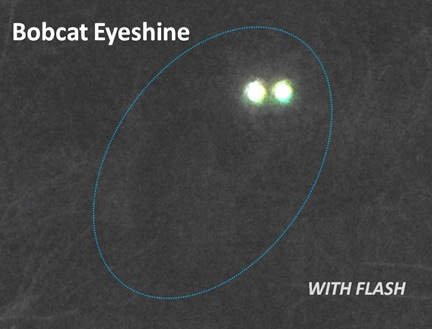 Cat eyes glow in the dark because of a layer of tissue called the tapetum lucidum, which is a reflective layer lying immediately behind the retina of the eye. The tapetum reflects light back onto the retina, thereby amplifying the amount of light received by the receptors (rods) and improving the image perceived in low-light conditions. Cats have tapeda lucida- we don’t- and it’s one of the reasons that a cat can detect light at minimum levels roughly 1/6 to 1/8 as dim as the minimum levels that we can see. So in other words, the bobcat in these photos could see me about as well as I could have seen him in broad daylight in direct sun.
Cat eyes glow in the dark because of a layer of tissue called the tapetum lucidum, which is a reflective layer lying immediately behind the retina of the eye. The tapetum reflects light back onto the retina, thereby amplifying the amount of light received by the receptors (rods) and improving the image perceived in low-light conditions. Cats have tapeda lucida- we don’t- and it’s one of the reasons that a cat can detect light at minimum levels roughly 1/6 to 1/8 as dim as the minimum levels that we can see. So in other words, the bobcat in these photos could see me about as well as I could have seen him in broad daylight in direct sun.
Extra detail: The tapetum is only one of several features enabling superior night vision in cats. Their slit pupils are one; they’re common in animals that need good night and day vision as they make possible a dramatic change in pupil size and amount of light entering the eye. Feline lenses are larger than human eye lenses, allowing them to gather more light in dim conditions. And finally, cat eyes are larger inside; their retinas are large (for their size) as is the interior of the eyeball. The greater the distance between lens and retina, the larger the image which can be projected upon it. In addition, the retinas of cats are more “rod-rich” than ours, having no “cone-only” areas, and rods function at lower levels of light than cones.
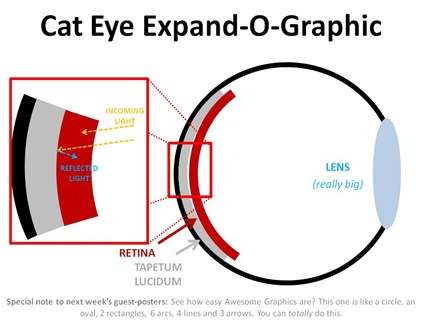 Cat vision isn’t perfect. The large lenses can’t change shape as quickly as ours, so cats have trouble focusing in on very close objects- almost like an older human who needs reading glasses.
Cat vision isn’t perfect. The large lenses can’t change shape as quickly as ours, so cats have trouble focusing in on very close objects- almost like an older human who needs reading glasses.
Tangent: Speaking of reading glasses, guess who, just in the last few months, is starting to have trouble making out small print? That’s right- me. For the past few years I’ve been chuckling at friends and family members (and yes, even AW) who’ve been asking me to read labels for them. I made it past age 40, then 45, with no deterioration in close-up vision, and somehow convinced myself that- along with senility, back pain, impotence, and general right-wing nuttiness- it would never happen to me. But just in the last month or so, having turned 46, I find myself squinting and moving things back and forth as I struggle to focus. Alas, I fear Viagra and Cleon Skousen are not far behind…
In bright daylight, nearly-closed slit pupils create diffraction-related interference absent in round pupils, and feline color vision is nowhere near as rich as ours. (Contrary to what you may have heard, cats aren’t completely colorblind; they’re more accurately described as deuteranopic, or red-green colorblind. )
Cats aren’t the only animals with a tapetum lucidum; you’ve probably noticed yellow eyeshine from dogs as well. Horses, cows, deer and raccoons have them. So do some whales, crocodiles, owls, gulls, sharks and even fruit bats. Like so many great ideas in nature (including the eye itself) this one has evolved multiple times independently, following several different architectures. The tapeda of cats, dogs, whales and rodents consist of layers of cells containing refractive crystals. The tapeda of cows and horses on the other hand are constructed from reflective fibers outside the cells. Crocodile tapeda are not behind the retina, but actually built into it, or are part of it. Different tapeda types BTW produce differently-colored eyeshine. Cats and dogs have yellow eyeshine, while horses have blue eyeshine and opossums red*.
*I think birds have red eyeshine as well, but I don’t know if all birds with eyeshine do…
 I mentioned that our eyes lack a tapetum, and BTW the most closely-related creatures to us that do have them are probably aye-ayes and lemurs. But you may be wondering about “red-eye.”
I mentioned that our eyes lack a tapetum, and BTW the most closely-related creatures to us that do have them are probably aye-ayes and lemurs. But you may be wondering about “red-eye.”
Red-eye isn’t tapetum-induced; it’s strictly a photographic effect. A photo-flash happens too fast for your pupils to dilate, so the light is reflected off your retinas, creating the red glare. (Technically, it’s reflected off your fundi (singular = “fundus”), which is the whole back of the eye, including not just the retina, but also the macula, fovea, and a couple other things.) An interesting aside on photographic red-eye is that it’s often more of an issue with blue-eyed subjects. Blue-eyed people tend to be lighter-complected in general, including the skin and yes, even the fundus. Darker, melanin-rich surface/skin absorbs more red wavelength light, while lighter surface/skin reflects more of it, increasing the red-eye effect.
I was curious when I learned this, and my first impulse was to test it. There are no blue eyes in the Watcher Family. The neighbors have some blue-eyed kids and I thought of soliciting their assistance in an experiment, but I’m always hesitant though to ask neighbors if I can conduct experiments on their children, so instead I searched through some photos of my own kids, and found one that seems to illustrate the point. Bird Whisperer is the fairest of our kids, with light brown eyes, and light brown/dark blond hair. Twin B is the darkest-complected of the Trifecta, with almost-black hair, and eyes so dark one has to peer closely to determine where iris ends and pupil begins. In this shot, with both looking directly at camera, Bird Whisperer definitely shows more pronounced red-eye effect.
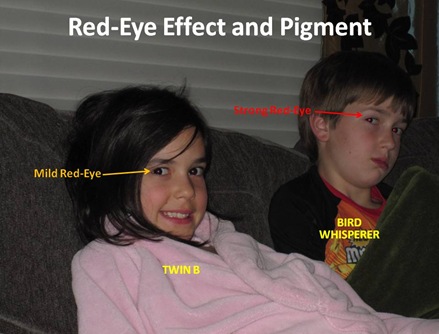 Yeah, so anyway, that’s how come I couldn’t get a good shot. Am I the king of excuses or what? But in any event, it was way cool seeing a bobcat so close to home. As I am fond of saying*, anything really worth doing is worth doing at dawn, and cool wildlife sightings are just one more reason why.
Yeah, so anyway, that’s how come I couldn’t get a good shot. Am I the king of excuses or what? But in any event, it was way cool seeing a bobcat so close to home. As I am fond of saying*, anything really worth doing is worth doing at dawn, and cool wildlife sightings are just one more reason why.
*In addition to my deteriorating close-up vision, this is another sign that I’m getting old: I say the same stupid crap over and over. My dad has being doing this for years. His 3 favorite things to say are 1) “There is no free lunch.” 2) “There are two things you cannot escape- death and taxation.”, and 3) “Get whatever it is you want to drink.” I know this last one doesn’t sound terribly profound, but I am telling you he says it like all the time.

